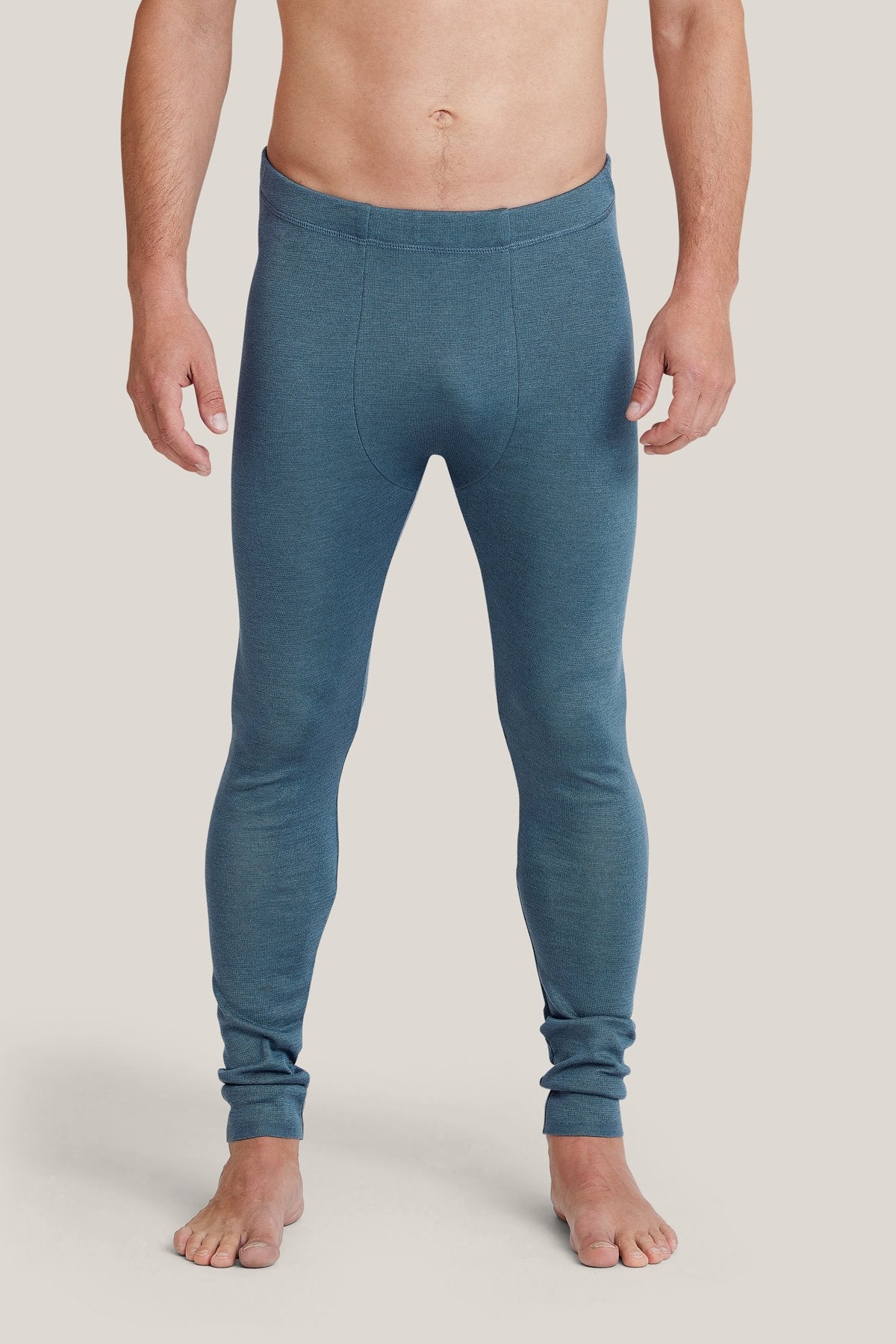Our Materials
What kind of material is Tencel™?
Tencel™ vs. cotton
Tencel™ and cotton are different fibers. Although both are plant-based, they are made from very different plants in very different ways. This means that they differ significantly in terms of properties such as production, feel or temperature regulation.
Sustainable production of Tencel™ material
Tencel™ fabric requires less energy and water to produce than conventional cotton. As a plant fiber, Tencel™ is also biodegradable. The reason for this is that lyocell fibers are often obtained from eucalyptus trees, which come from sustainably managed tree farms and natural forests. Compared to other crops, eucalyptus trees grow quickly, require little water, no toxic pesticides and are easier to grow on land. Most importantly, Tencel is manufactured in a closed-loop process that reuses more than 99% of non-toxic solvents and water. In addition, the fabric is pure white during production, so no bleaching is required like with cotton and it always remains undyed.
Tencel™ looks for women
Advantages of Tencel™ at a glance
1. Feel of Lyocel fibers
Cotton and Tencel fabrics may feel different depending on various factors. Tencel™ material tends to be softer than cotton and doesn't wrinkle as easily, meaning the soft feel lasts longer. Cotton, on the other hand, varies much more in its feel. Long fiber cotton fabrics are less prone to wrinkling than short fiber cotton and may become softer over time.
2. Temperature control for Tencel™ clothing
If you experience regular sweats while wearing your conventional clothes, Tencel clothes might be a better alternative for you. Tencel fabrics are hydrophilic, which means it is absorbent and promotes evaporation. This keeps your clothes dry and ensures a cooler temperature feeling when wearing Tencel clothing. Cotton can also help regulate temperature. However, it is not as hydrophilic as Tencel, but it is breathable enough that it can help move body heat away from you.
3. Hygiene and care of Tencel™ material
Lyocell fabric is easier to maintain compared to cotton. The reason for this is the natural, bacteria-repellent function of the material. Because Tencel™ removes moisture so quickly, bacteria can be prevented right from the start. No film of moisture forms on the modal fiber, which would serve as a breeding ground for bacteria. In this way, the fabric can be hygienically cleaned without the use of chemicals.
4. Durability
Both cotton and Tencel™ fabrics can stand the test of time, but Tencel™ has the edge in this regard. Lyocell fabrics do not shrink or wrinkle, and they are less prone to thinning than cotton, so Tencel™ fabric will likely outlast cotton.
5. Allergy-friendly Tencel™
Natural fibers are generally hypoallergenic for sensitive skin, and this also applies to Tencel™ and cotton. The reason for this is the aforementioned avoidance of harmful substances and the bacteria-repellent function of the Tencel™ fabric. Tencel™ proves to be a very good option for purchasing sustainable fabrics, but cannot completely replace cotton. However, choosing between Tencel™ and other sustainable fabrics requires your own preferences and requirements.
Tencel™ looks for men
NUVONDA is a cooperative with the aim of making sustainable fashion labels accessible to as many people as possible. That's why at NUVONDA you will only find labels that aim to produce as sustainable, fair or regional products as possible. Ben is the co-founder who drives NUVONDA forward as “president of administration” in cooperative jargon.

Ben, co-founder, explains why he is excited about Tencel™




































